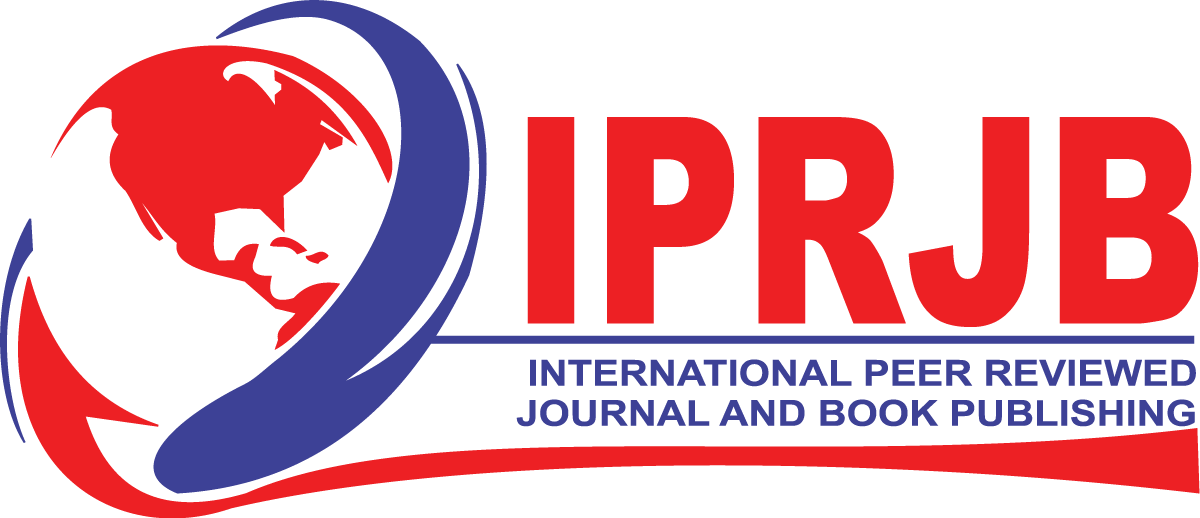Publishing in high impact factor journals is a challenging but rewarding goal for researchers. It can boost their academic reputation, increase their citation rates, and enhance their career prospects. But what are the factors that determine the impact factor of a journal, and how can researchers increase their chances of getting published in them? This article will provide an overview of the concept of impact factor, the current trends and challenges in the publishing landscape, and some tips and strategies for improving the quality and visibility of your research. The impact factor (IF) of a journal is a measure of how frequently its articles are cited by other researchers in a given year. It is calculated by dividing the number of citations received by the journal in a year by the number of articles published in the previous two years. The higher the IF, the more influential the journal is considered to be in its field. However, the IF is not the only indicator of journal quality, and it has some limitations and criticisms. For example, it does not account for the differences in citation practices across disciplines, it can be influenced by editorial policies and practices, and it can be manipulated by unethical practices such as self-citation or citation cartels.

Source: Google
One of the main trends in the publishing landscape is the increasing competition and selectivity of high impact factor journals. According to a recent study, the average acceptance rate of journals with an IF above 10 was 8.1% in 2019, compared to 11.5% in 2014. This means that researchers have to face more rejection and resubmission before getting their work published. Moreover, some high impact factor journals have been accused of favoring certain topics, methods, or regions over others, creating biases and inequalities in the dissemination of scientific knowledge. How can researchers overcome these barriers and ensure that their work reaches a wide and relevant audience?
One of the key factors for publishing in high impact factor journals is the quality and originality of your research. You need to demonstrate that your research addresses a significant gap or problem in your field, that it has clear objectives and hypotheses, that it uses rigorous and appropriate methods and analysis, and that it provides novel and meaningful results and implications. You also need to communicate your research effectively, following the guidelines and expectations of your target journal, using clear and concise language, and providing sufficient details and evidence to support your claims. You should also consider the ethical aspects of your research, such as obtaining informed consent from participants, acknowledging sources of funding and potential conflicts of interest, and ensuring data availability and reproducibility.
Another important factor for publishing in high impact factor journals is the visibility and impact of your research. You need to make sure that your research reaches the right audience, that it generates interest and engagement from other researchers and stakeholders, and that it contributes to the advancement of your field. You can increase your visibility and impact by choosing a suitable journal for your research topic and audience, by writing an effective title and abstract that capture the attention and curiosity of readers, by selecting relevant keywords that facilitate indexing and searching, by promoting your research through social media and academic platforms, and by engaging with peer review feedback and comments.

Source: Google
One of the challenges for publishing in high impact factor journals is the cost and accessibility of publication. Many high impact factor journals charge high fees for publication or subscription, which can limit the access and affordability of researchers from low- or middle-income countries or institutions. Moreover, some high impact factor journals have restrictive policies on data sharing and reuse, which can hinder the transparency and reproducibility of research. How can researchers overcome these challenges and ensure that their research is widely available and accessible?
One of the solutions for publishing in high impact factor journals is to opt for open access publication. Open access publication means that your research is freely available online for anyone to read, download, copy, distribute, or reuse, without any legal or financial barriers. Open access publication can increase the visibility and impact of your research, as it can reach a larger and more diverse audience, increase citation rates, foster collaboration and innovation, and enhance public trust in science. However, open access publication also has some drawbacks, such as higher publication fees for authors or lower quality standards for some journals.
In conclusion, publishing in high impact factor journals is a complex and dynamic process that requires careful planning, preparation, execution, communication, evaluation, and dissemination of your research. It also involves balancing various factors such as quality, originality, relevance, visibility, impact, costs, and accessibility of your research. One of the high impact factor journals that offers a fair, transparent, and rigorous peer-review process, as well as open access publication options, is the International Peer Reviewed Journals and Books (IPRJB). IPRJB publishes research in various fields such as business, education, engineering, health, humanities, science, and social sciences.
If you are looking for a reputable and reliable journal to publish your research, you should consider submitting your manuscript to IPRJB. You can find more information about the journal’s scope, aims, policies, and submission guidelines on their website: https://iprjb.org/.
